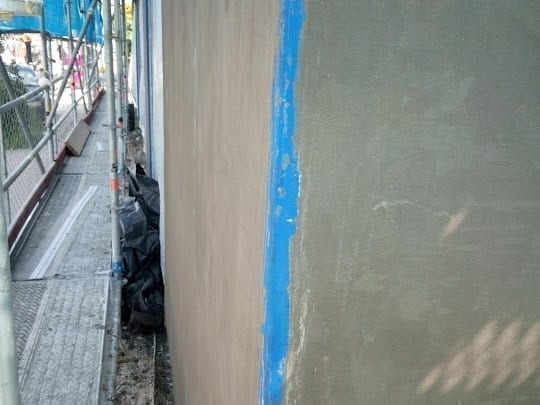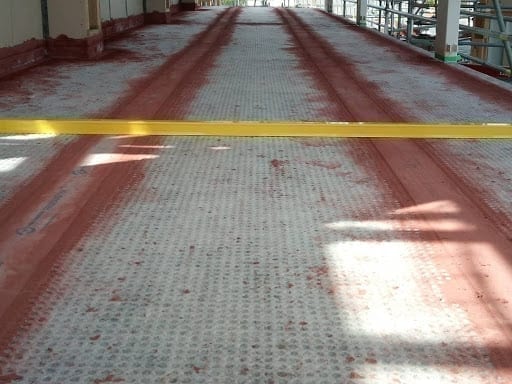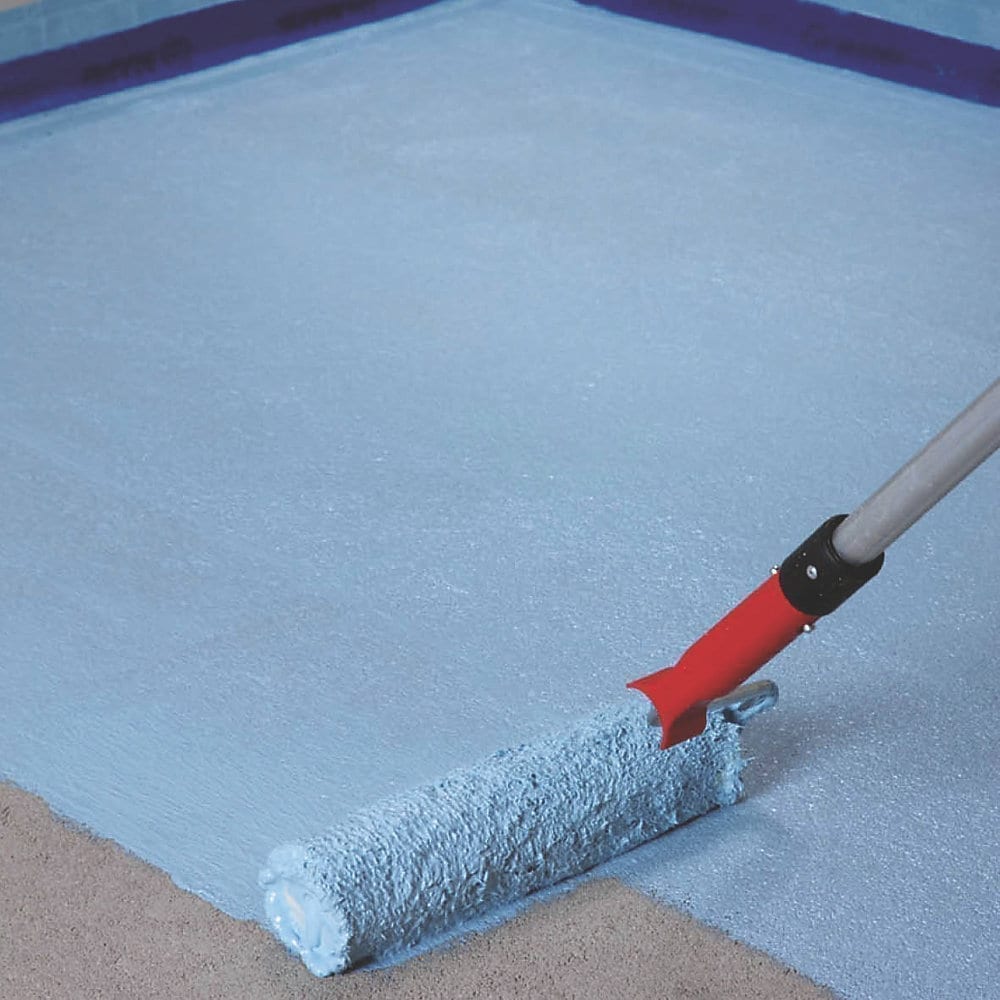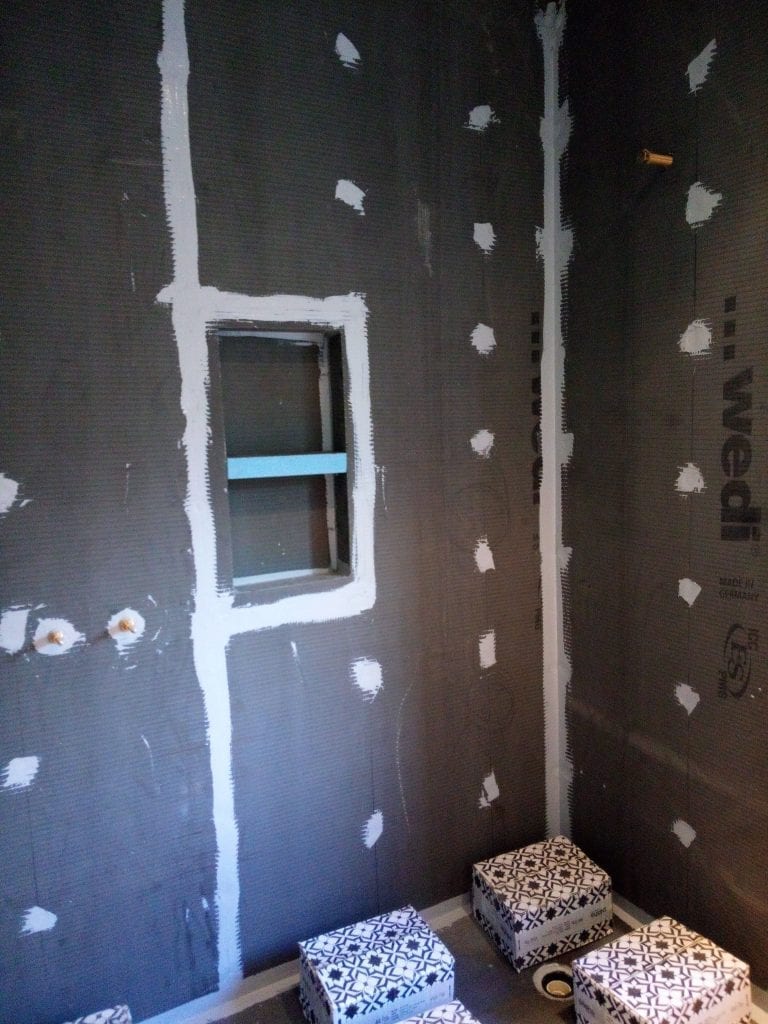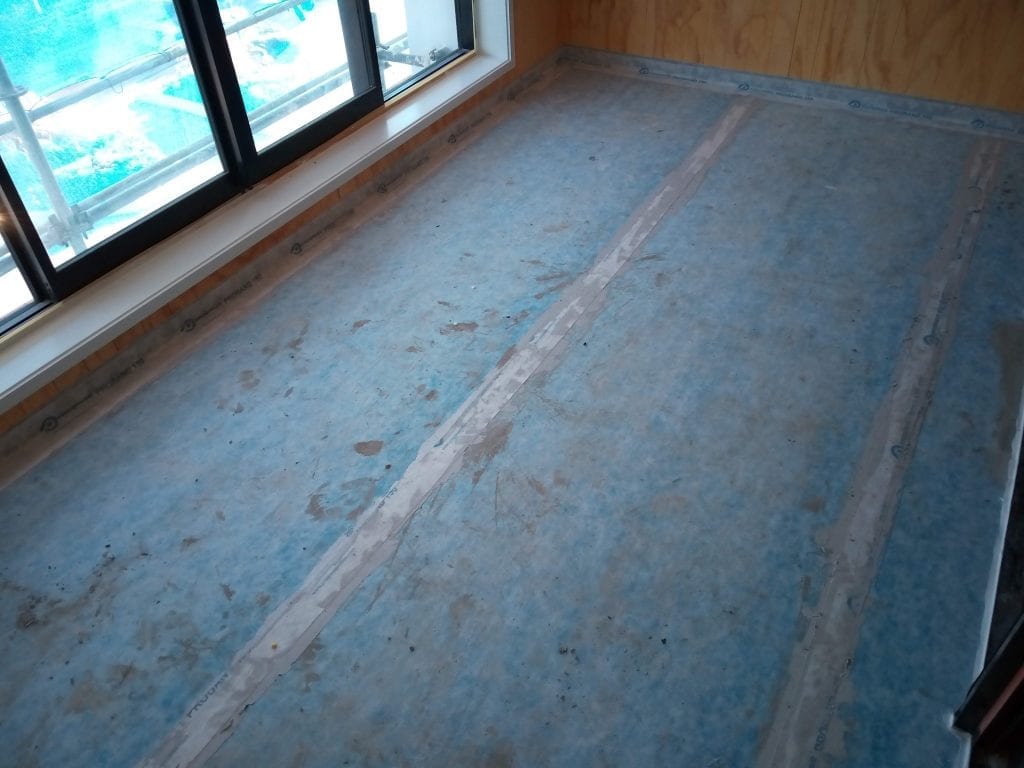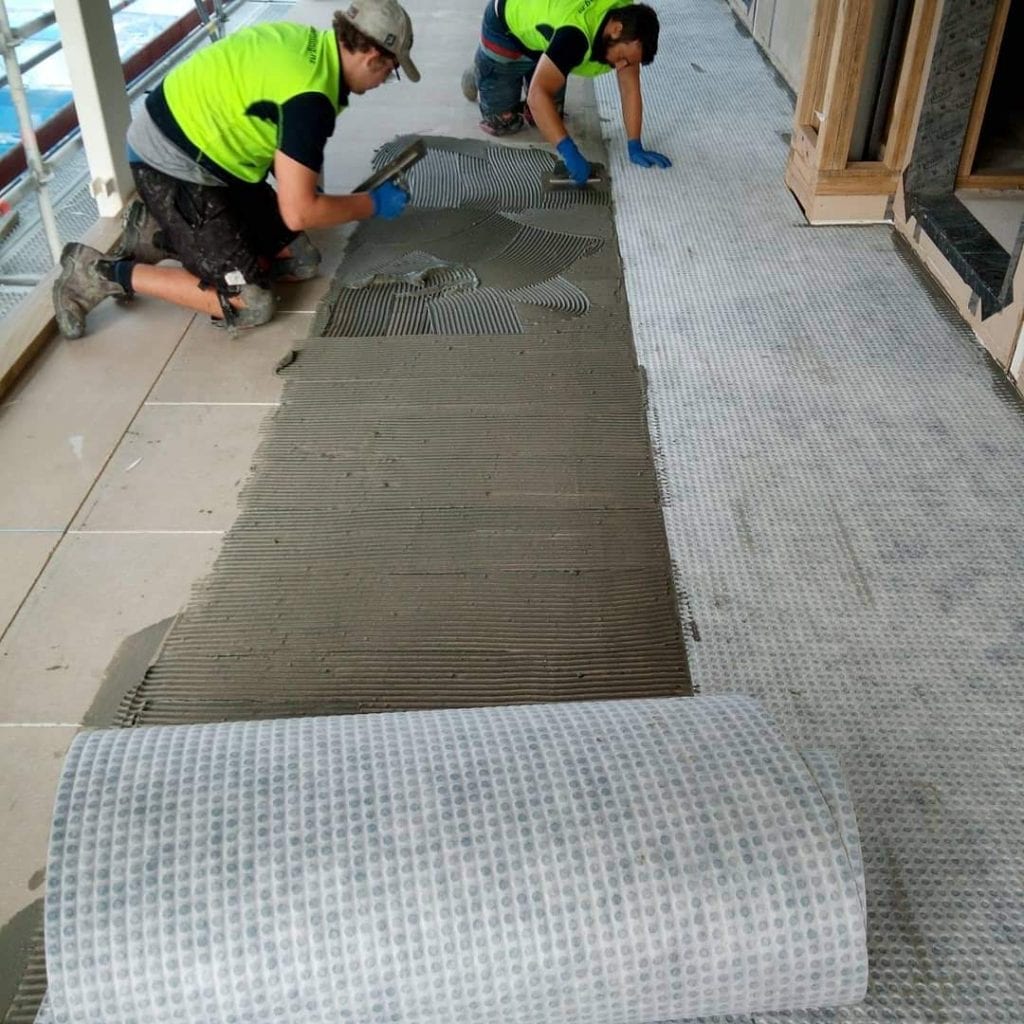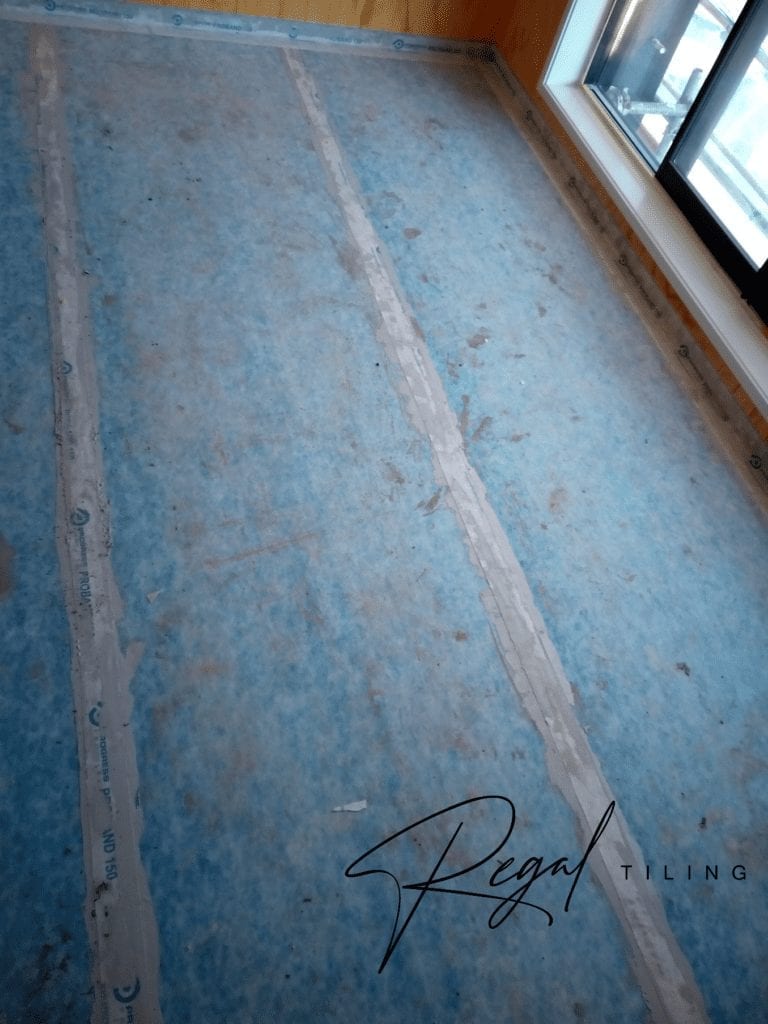Effective waterproofing is vital for tiled showers and splashbacks and important to keep bathrooms, laundries and kitchens generally in good condition. Too often, poor waterproofing results in tiling failures, leaks and costly repairs. Even if you don’t do the job yourself, it is still important to know how far waterproofing should go. Water escaping from a shower and from around a bath, basin or the like can remain unnoticed for long periods and cause serious damage. Properly detailed and installed waterproofing is essential behind tiled surfaces with cement-based grouts because tiling is not inherently waterproof, and failure of tiled surfaces is a common problem in New Zealand. Building Code clause E3 Internal moisture requires buildings to be constructed to avoid fungal growth on linings, water overflowing to adjoining units and moisture damage to building elements. Acceptable Solution E3/AS1 does not specifically define a wet area, but uses the terms ‘subject to watersplash’ and ‘showers’ when defining wet area requirements. Considering the risk of water damage, there are two types of areas: • Those subject to frequent and heavy wetting, such as showers and open shower surrounds, and splash areas around baths and basins. • Those subject to regular intermittent wetting, such as floors in bathrooms, kitchens and laundries and the walls behind baths, basins and tubs. Tiled entries also fall into this category when people enter the house during heavy rain.
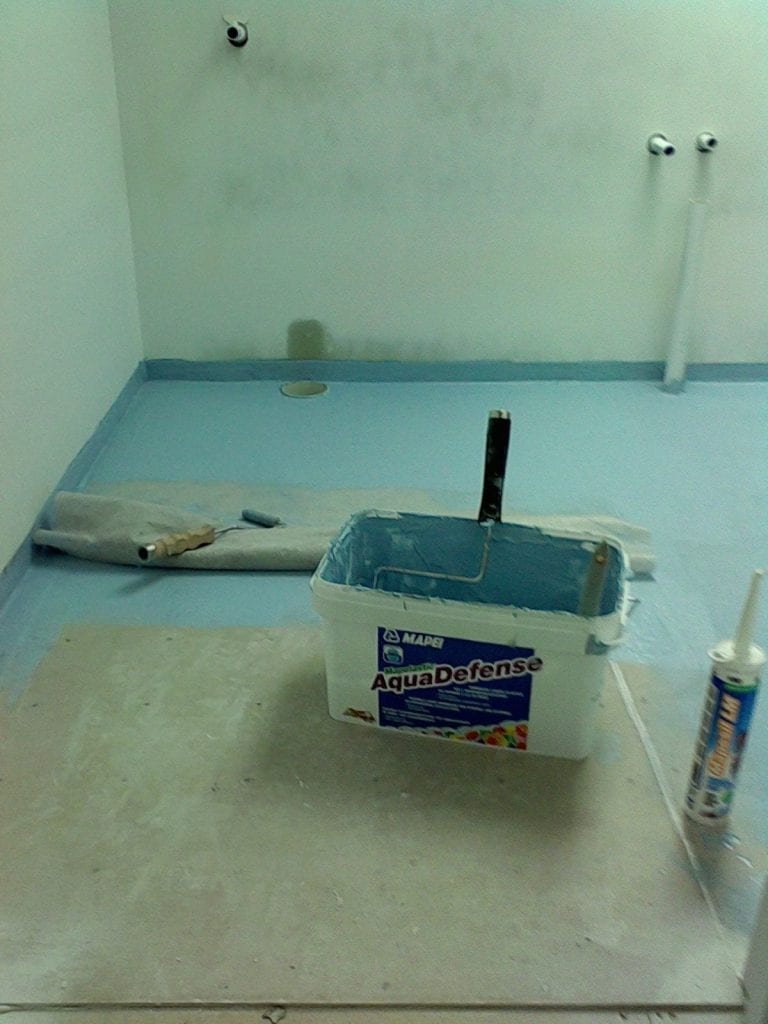
Waterproofing floor 
Mapelastic on walls 
Uncoupling membrane 
Aqua defense 
Wedi install 
Prodesso Soundproofing 
Prodeso Uncoupling 
Water and Soundproof Important detail around a bath
